Description
(25 Days) Tanzania Zanzibar to Gorillas Overland Adventure
Other Activities
Optional activities available on this tour at your own expense:
- Zanzibar Fishing, Snorkelling, Scuba Diving, Turtle Sanctuary Visit, Village Tours, and more
- Local Brewery Tour, Karatu Iraqw Market, local coffee plantation tour
- Giraffe Centre / Nairobi National Park
- Ziwa Rhino Walk
- Jinja Quad biking, kayaking, rafting
- Pygmy visit, Rwanda day tour
- Gorilla Trekking USD 730 – 830
Itinerary
Day 1 – 3
Zanzibar Excursion (3 Nights: 1 in Stone Town & 2 on the Beach)
We join the group and climb aboard a local ferry that transports us to Zanzibar. Our home for the following three nights. Stone Town offers a variety of activities and is the perfect stop to enjoy the beaches.
The next morning we enjoy a Spice tour with our local guide before heading north to Nungwi famous for its white sandy beaches. Here we will spend 2 nights.
We devote some time to unwinding on the golden beach or simply partake in the many activities on offer here. You need not bring your entire backpack to the island as a day pack is usually sufficient. We are met by a local tour guide whom you will be able to arrange any optional activities (There are loads of activities to do in Nungwi such as fishing, snorkelling, scuba or jumping on a local sail boat). . There are also various spice and seafood markets to enjoy.
Due to the dominant Islam religion in Zanzibar, conservative clothing should be worn in most places except on the beach, where your regular clothes and swimsuits are acceptable. It is recommended that women wear t-shirts and knee-length shorts or skirts in town. The Islamic religion frowns upon the showing of arms above the elbow or legs above the knee. Shoulders should also remain covered and no revealing necklines are acceptable. Men’s clothing is less restrictive, allowing them to wear shirts and shorts. However, on the beach or in our resort, there are no dress codes other than the regular ones adhered to in most pool/public areas.
If you happen to be visiting Zanzibar during the month of fasting (Ramadan), please speak to your local guide about the customs adhered to during this period. Regular eating times during the day are forbidden and most locals will be sure to make you aware of this. The majority of shops and restaurants will be closed during Ramadan, but it is acceptable as a foreigner to have meals at hotels or resorts. Your guide will be able to inform you of what is appropriate and when.
Zanzibar trades in spices and raffia and has a flourishing tourism industry. In addition to this, Zanzibar is also home to the extremely endangered species of the Red Colobus Monkey. The word ‘Zanzibar’ was derived from the Persian term ‘zangi-bar’ meaning ‘coast of the blacks’ however, it is believed that the name could have also originated from the Arabic ‘Zayn Z’al Barr’ meaning ‘fair is this land’. ‘Zanzibar’ frequently refers specifically to Unguja Island and is sometimes referred to as the Spice Islands, though this term is more often associated with the Indonesian Maluku Islands.
Accommodation: Two Per Room: (Night 1) All Seasons Hotel in Stone Town or similar then Amaan Bungalows (Night 2&3)
Facilities: En-suites Per Room Please visit the website of the accommodation provider for a full list of the facilities offered
Route: Bagamoyo via Dar es Salaam to by Ferry ± 80km, Nungwi to Stone Town ±60-70 km
Meals: Breakfast x3, Lunch x3, Dinner x3
Included Highlight: Prison Island boat trip/ Walking Spice Tour
Optional Activities: Fishing, Snorkelling, Scuba Diving, Turtle Sanctuary Visit, Village Tours, and more
Day 4
Bagamoyo, Tanzania
The morning can be spent exploring Stone Town before leaving Zanzibar behind. We climb aboard a ferry that transports us back to Dar es Salaam, where we return to our truck. We make our way to Bagamoyo which means “”lay down your heart”” and dates back to the days of slavery. The town of Bagamoyo is a short walk away and you can explore this vibrant town on foot. Your stay this evening will be on the beach.
Accommodation: Camp: Bagamoyo Travellers Lodge or similar
Facilities: Shared Ablutions Please visit the website of the accommodation provider for a full list of the facilities offered
Route: Zanzibar to Dar es Salaam by ferry ±80 km; Dar es Salaam to Bagamoyo ± 80 km
Meals: Breakfast, Lunch, Dinner
Included Highlight: Stone Town
Day 5
Arusha, Tanzania
Today we embark on a picturesque drive to Arusha where we will spend the night. Enclosed by some of Africa’s most well-known landscapes and National Parks, Arusha is located at the base of Mount Meru – on the eastern edge of the Great Rift Valley’s eastern branch. The city experiences mostly balmy weather due to its location on the hills of Mount Meru.
Within close proximity to the Serengeti, Ngorongoro Crater, Lake Manyara, Olduvai Gorge, Tarangire National Park and Mount Kilimanjaro, Arusha contains its very own National Park, situated on Mount Meru.
The main industry of this area is agriculture. Producers of huge vegetables and flowers send superb produce to Europe. Arusha has several factories including a brewery, tyre and fibreboard plant as well as a big pharmaceuticals manufacturer. For those who have purchased the optional Serengeti Excursion upgrade will be briefed on what to expect for the upcoming days.
Accommodation: Camp: Meru Mbega Lodge
Facilities: Shared Ablutions Please visit the website of the accommodation provider for a full list of the facilities offered
Route: Bagamoyo to Arusha ±550 km
Meals: Breakfast, Lunch, Dinner
Day 6 – 8
Ngorongoro Crater & Serengeti/ Seronera Excursion
We travel a short distance to Karatu, where most of the day is spent making our way closer to the Ngorongoro Crater. We will be briefed on what to expect on the overnight excursion into the crater.
In the morning we will climb into 4×4 safari vehicles taken from our camp to the Ngorongoro Crater. In search of the animals roaming the plains, we will spend most of our day exploring the Ngorongoro Crater floor.
The afternoon will bring us to our overnight camp in the Seronera region of the Serengeti National Park, while sipping on a cold beverage in the camp, surrounded by a spectacular landscape and abundant wildlife.
On our last day, we wake up early and spend our time game driving in the Serengeti. One of the most famous Game Reserves in Africa.
The Ngorongoro region makes up part of the ecosystem of the Serengeti. To the northwest, it meets the Serengeti National Park and lies adjacent to the southern plains of the Serengeti. These plains spread to the north into the unguarded Loliondo division and are open to wildlife due to the farming habits of the Masai. Volcanic highlands lie to the south and west of the region whilst the rim of the Great Rift Valley wall defines the southern and eastern boundaries. This wall serves to restrict animals migrating in these directions.
Accommodation: Two Per Room: Kudu Camp and a Private Tented Camp (Kanaga Tented Camp)
Facilities: Camping: Campsite with shared ablutions and in the Serengeti: Two per permanent tent with en-suite bathroom
Route: Arusha to Karatu, Karatu to Ngorongoro Crater and return,
Meals: Breakfast x3, Lunch x3, Dinner x3
Included Highlight: Full day 4×4 excursion to Ngorongoro Crater and afternoon drive into Seronera, Game Drive through Seronera, Serengeti National Park
Optional Activities: Local Brewery Tour, Karatu Iraqw Market, local coffee plantation tour
Day 9
Arusha, Tanzania
We make our way back to Arush and we have the opportunity to swap tales of our wonderful experiences of the Serengeti and Ngorongoro Crater.
Accommodation: Camp Meru Mbega Lodge
Facilities: Shared Ablutions Please visit the website of the accommodation provider for a full list of the facilities offered.
Route: Serengeti National Park to Arusha ±250 km (Serengeti excursion Guests) / Karatu to Arusha (Non-excursion Guests)
Meals: Breakfast, Lunch, Dinner
Day 10 – 11
Nairobi, Kenya
Once we’ve crossed the border into Kenya, we carry onto Nairobi. The following day we enjoy a walk through the city and explore and partake in the many optional activities available here.
‘Nairobi’ is derived from the Masai phrase ‘Enkare Nyirobi’ meaning ‘the place of cool waters’. However, it is most well-known as the ‘green city in the sun’ and is surrounded by a number of growing villa suburbs. Nairobi was established in 1899 as a rail depot on the railway joining Mombasa and Uganda and developed rapidly, becoming the capital of British East Africa in 1907 and finally the capital of a free Kenyan republic in 1963. Throughout the colonial years of Kenya, Nairobi developed into a centre for the colony’s tea, coffee and sisal industry and is presently the most inhabited city of East Africa with an approximation of around 3 million people.
Nairobi is currently one of the most important cities in Africa in both politics and finance. There are many companies and organisations in Nairobi, including the United Nations Environment Programme and the UN Office in Africa. The city is now the central point of business and culture with the Nairobi Stock Exchange (one of the largest in Africa) and is thus ranked fourth with regards to trading quantity and being able to produce 10 million trades daily.
Accommodation: Two Per Room: Sentrim Boulevard Hotel
Facilities: En-suite Bathroom Please visit the website of the accommodation provider for a full list of the facilities offered.
Route: Arusha to Nairobi ±270 km
Meals: Breakfast x2, Lunch x2, Dinner x2
Optional Activity: Giraffe Centre, Nairobi National Park
Border Post: Tanzania: Namanga, no telephone number, Open: 24hrs Kenya: Namanga, Tel: +254 455 32002, Open: 24 hrs
Day 12 – 13
Nairobi – Masai Mara National Reserve, Kenya
We leave Nairobi today and travel to the Masai Mara Reserve – a vast region rife with incredible wildlife that allows for spectacular photographic opportunities. Our visit to the Mara will be in safari type vehicles and not in the overland truck. Please pack a small overnight bag containing basic essentials such as your towel, clothing, toiletries.
The Masai Mara is famous for being the Greatest Wildlife Reserve of Africa, renowned for its profusion of lion, the Great Wildebeest Migration and the Masai people who are well-known for their distinguishing customs and dressing styles. The Masai Mara is by far one of Africa’s truck popular and beautiful safari destinations. Spreading over 1530 square kilometres of land and is bound by the Serengeti Park at the south, the Siria slopes to the west and the Masai pastoral ranches to the north, east and west. The reserve’s landscape is mainly vast savannah grassland with occasional rivers that come and go according to the seasons. The Great Migration is one of the most remarkable natural phenomenons of the world, encompassing around 1.5 million wildebeest, 360,000 Thomson’s gazelle and approximately 191,000 zebras. These various travelling animals are shadowed closely on their yearly circular course by a wide assortment of ravenous predators, namely lions and hyena.
All animals comprising Africa’s Big 5 can be spotted in the Masai Mara, though the number of black rhino is extremely threatened with a population of a mere 37 (recorded in 2000). Hippo can be found in big gatherings in the Masai Mara and in the Talek rivers. Cheetah are also found, but their population too is threatened. In addition to this, more than 450 species of bird have been identified in the Park, including marabou storks, secretary birds, hornbills, crowned crane, ostriches, long-crested eagles and African pygmy-falcons.
Accommodation: Camp: Masai Mara Excursion
Facilities: Shared Ablutions Please visit the website of the accommodation provider for a full list of the facilities offered
Route: Nairobi to Masai Mara ±240 km
Meals: Breakfast x2, Lunch x2, Dinner x2
Included Highlight: Masai Mara Excursion
Day 14
Masai Mara – Lake Nakuru, Kenya
We depart from the Masai Mara and journey north to Lake Nakuru where we devote our afternoon to game driving. First established as a bird sanctuary, Lake Nakuru was developed into a National Park in 1968. White rhino roam frequently through the savannah area that surrounds the lake, providing us with incredible photo opportunities.
Lake Nakuru National Park inherited it’s name from the alkaline lake that surrounds it. Nakuru means ‘dry or dusty place’ in the Masai language. Though the Park was initially created as a bird sanctuary, it is now inhabited by an immense number of various animal species, including the Big Four – lion, leopard, rhino and buffalo (unfortunately the Park is not home to any elephants). Famous for its enormous flocks of flamingos that gather around the edges of its shores due to the abundance of algae in the waters, Lake Nakuru is also a haven for black and white rhino and, and has recently been extended in order to provide protection for these majestic, endangered creatures.
Accommodation: Camp: Kivu Lodge
Facilities: Shared Ablutions (Please visit the website of the accommodation provider for a full list of the facilities offered)
Route: Masai Mara to Lake Nakuru National Park ±220 km
Meals: Breakfast, Lunch, Dinner
Included Highlight: Lake Nakuru NP Game Drive
Day 15
Jinja, Uganda
We say goodbye to Lake Nakuru and make our way across the equator towards Uganda’s second largest city – Jinja. Jinja is famous for being the place where the Nile River flows out of Lake Victoria and initiates the 6695 kilometre adventure to Egypt and finally, the Mediterranean Sea.
Originally a fishing village that profited from being situated on long-distance trading courses, Jinja was established as a city in 1901 by the British as an administrative centre for the Provincial Government Headquarters for the Busoga area. This took place around the same time that Lake Victoria’s significance in transport heightened due to the Uganda Railway joining Kisumu – a Kenyan town located on the lake with Mombasa on the Indian Ocean, 1,400 kilometres away. Jinja was able to increase it’s size due to cotton-packing, nearby sugar estates and access to the railway. In 1906 a street layout was established and Indian traders began to inhabit the area from around 1910.
At one point in time, Jinja contained a massive East Indian community up until they were forced out of Uganda by Idi Amin in 1971/1972. Most of the architecture in Jinja is Indian-influenced, although the intricate shop-fronts and buildings were not well-maintained after the departure of the Indians. Local industrial concerns collapsed and the majority of the East Indians who are presently heading back to Uganda have decided to start up businesses again.
Accommodation: Camp: Eden Rock Resort
Facilities: Shared Ablutions Please visit the website of the accommodation provider for a full list of the facilities offered.
Route: Lake Nakuru to Jinja ±430 km
Meals: Breakfast, Lunch, Dinner
Included Highlight: Crossing of the Equator
Day 16
Masindi – Murchison Falls National Park, Uganda
We make a brief stop in Kampala before making our way to Murchison National Park – Recognized as one of the best National Parks in Uganda. Once settled in at your accommodation, a briefing will be given on the various activities available for the upcoming day.
Accommodation: Camp: Kabalega Resort Hotel
Facilities: Shared Ablutions Please visit the website of the accommodation provider for a full list of the facilities offered.
Route: Jinja to Masindi
Meals: Breakfast, Lunch, Dinner
Optional Activity: Ziwa Rhino Walk
Day 17
Masindi – Budongo Central Forest Reserve, Uganda
Today you will participate in a Chimpanzee trek in the Budongo Forest as well as a boat cruise in the Murchison Falls Nation Park. The Budongo forest is the biggest Mahogany forest found in the whole of East Africa. Enjoy a game drive through the forest where you can spot other wildlife.
Note: If there are more than 12 guests on the tour, the group will be split into two between the morning and the evening. We ask that you please allow for flexibility.
Accommodation: Camp: Kabalega Resort Hotel
Facilities: Shared Ablutions Please visit the website of the accommodation provider for a full list of the facilities offered
Meals: Breakfast, Lunch, Dinner
Included Highlight: Chimp trekking (half day) / Nile River Cruise
Day 18
Lake Kikorongo Region, Uganda
We leave Masindi in the morning and are then transferred to the edges of Queen Elizabeth National Park. Our overnight this evening is located at the top of a hill overlooking Lake Kiborongo.
Accommodation: Camp: Simba Safari Camp
Facilities: Shared Ablutions Please visit the website of the accommodation provider for a full list of the facilities offered
Route: Masindi to Lake Mburo ± 435 km
Meals: Breakfast, Lunch, Dinner
Day 19
Gorillas (Lake Bunyonyi), Uganda
A small, but beautiful lake with steep banks and plentiful birdlife, Lake Bunyonyi is circled by mountains and is most famous for its abundant otter population and picturesque surrounds. We take this day to unwind in this stunning spot the evening prior to our drive to the gorillas.
Lake Bunyonyi, or ‘place of many little birds’, is situated on the Rwandan border. At 25 kilometres long and 7 kilometres wide, the Lake spreads over 61 square kilometres, whilst it’s depth is said to deviate between 44 and 900 metres. It is one of the rare lakes in the area that is bilharzia-free and safe for swimming. All 29 of its islands are clustered in the central part of the region.
Accommodation: Camp: Lake Bunyonyi Overland Resort
Facilities: Shared Ablutions Please visit the website of the accommodation provider for a full list of the facilities offered
Route: Kampala to Lake Bunyonyi ±420 km
Meals: Breakfast, Lunch, Dinner
Day 20 – 21
Gorillas (Lake Bunyonyi), Uganda
The mountain gorilla is extremely endangered and although the precise numbers of it’s population vary, it is largely believed that there are just around 650 of the gentle giants remaining. Paying a visit to the gorillas is a lovely way to support their future on earth as the money you spend on your gorilla permit contributes towards their protection. A crucial part of conserving the gorillas that are still left lies within the community development work. As local communities adjust their attitude towards nature and wildlife, and begin to protect rather than poach, the future of the beautiful mountain gorilla looks promising.
Because permits granted to visit the gorillas are extremely limited, we will require some flexibility on both our travel itinerary and the location where will actually get to see them. The mountain gorillas reside in man-made borders, therefore, their range includes Uganda, Rwanda and the DRC. Whenever it is possible, we will be making use of the National Park in Uganda, but this is dependent upon the availability of permits. If we do not manage to obtain permits for our Gorilla Trek, all passengers will be notified beforehand that our journey will travel to Rwanda or the DRC.
On our free day spent in Bunyonyi, we will have the chance to partake in Optional Activities. You can opt to go hiking or to explore the region via mountain bike.
PLEASE NOTE: Although there are 2 days allocated to Gorilla Trekking you only spend one day on the trek. The other day is there to provide a time period in which to obtain permits and to allow the group to trek if there are more than 6 of you on the tour.
Accommodation: Camp: Lake Bunyonyi Overland Resort
Facilities: Shared Ablutions Please visit the website of the accommodation provider for a full list of the facilities offered
Route: Lake Bunyonyi National Park to the starting point of the gorilla trek ±125 km (in safari or smaller vehicles)
Meals: Breakfast x2, Lunch x2, Dinner x2
Optional Activity: Gorilla Trekking, Pygmy visit, Rwanda day tour
Day 22
Lake Bunyonyi – Kampala, Uganda
Today we head back from the Gorilla Trekking at Lake Bunyonyi to Uganda’s capital, Kampala. This evening you will be briefed on the following days activities. We spend the evening in Kampala.
Accommodation: Two Per Room: Hillside Plaza Hotel
Facilities: En-suites Bathroom Please visit the website of the accommodation provider for a full list of the facilities offered
Route: Lake Bunyonyi to Kampala ±420 km
Meals: Breakfast, Lunch, Dinner
Day 23
Jinja, Uganda
We leave early in the morning for Jinja and our final night in Uganda where you will be able to relax and have the afternoon to enjoy some activities such as rafting, kayaking or swimming around the Nile. If you do not enjoy water activities you can enjoy horse riding or quad biking.
Accommodation: Camp: Eden Rock Resort
Facilities: Shared Ablutions Please visit the website of the accommodation provider for a full list of the facilities offered
Route: Kampala to Jinja ±230 km
Meals: Breakfast, Lunch, Dinner
Optional Activity: Quad biking, kayaking, rafting
Day 24
Kenya – Eldoret, Kenya
On our way back to Kenya, we stop by the country’s 5th biggest city, Eldoret. The main geographical characteristic of this area is the Great Rift Valley and the altitude at Eldoret varies from 2,100 metres above sea level.
Eldoret is a Kenyan town established by Afrikaners in 1910. The town was initially known to the locals as 64 or Sisibo due to it being set up at the 64th mile post on the wagon course from Londiani. In the year 1908, Afrikaans speaking South Africans who journeyed there from Nakuru following a trek from South Africa by sea and by rail from Mombasa settled in Eldoret. Briefly following this, further settlers and traders of European and Asian descent started to arrive. When the governor chose to set up an administrative centre in 1912, the town became officially known as ‘Eldoret’.
When the town become an administrative centre, a massive increase in trade took place and as a result a bank and a few shops were built. Eldoret is the hometown of many well-known Kenyan runners, the most famous of whom is Kipchoge Keino. The elevation of Eldoret makes for a prime training ground for plenty of middle and long distance sportsmen. The athletes from this town have contributed immensely to Eldoret’s economy by sharing their winnings from races won all around the world.
Accommodation: Camp: Naiberi River Camp
Facilities: Shared Ablutions Please visit the website of the accommodation provider for a full list of the facilities offered
Route: Jinja to Eldoret ± 290 km
Meals: Breakfast, Lunch, Dinner
Border Post: Kenya: Busia 09256 454 3482, Uganda: Malaba
Day 25
Nairobi, Kenya
Ending in Nairobi in the late afternoon. Most travellers choose to spend the evening at Nairobi’s restaurants spending time with travellers who are leaving the trip. Tour Ends
Route: Eldoret to Nairobi ±350 km
Meals: Breakfast
Onward Travel Plans
Due to circumstances beyond our control while on tour (such as border crossings, traffic, breakdowns and delays, etc), the end time on the last day cannot be guaranteed. Therefore we strongly recommend you stay the night and fly out the next day. Please consult with your booking consultant.
Pre Departure
Important Touring Tips:
- The itinerary is a guide ONLY and is subject to change
- There is a mix of different nationalities, ages and cultures on every tour
- Space in the truck is limited – PLEASE DON’T BRING TOO MUCH LUGGAGE!
- The tours are high adventure tours, so don’t expect European Coach tours or lodge safaris
- The tours are often created in a circular route i.e. where one tour ends, another begins
- The rate is the same throughout the year
- Should you be travelling to Kenya. The Kenya government has instituted a Zero Tolerance on usage of All Plastic Bags. On the spot fines (400 USD) are being issued.
What are adventure tours?
These are adventure tours perfect for people who enjoy camping and the outdoors. You get to experience the “real Africa” by camping out at night, sitting around the campfire, taking in beautiful scenery, visiting local shops and getting to know the locals.v
What is a typical day?
A typical day on either your camping or accommodated Africa overland tour starts with an early morning wake-up call and a cup of tea or coffee followed by breakfast. Campers pack-up their campsite while comfort travellers check-out of their accommodation and hit the road.
We set off to our next destination travelling through a vast variety of landscapes, making our own new memories with new friends. Each day in Africa offers a new experience from an early morning sunrise hike, quad biking, sky dive or guided nature walk. The options are endless!


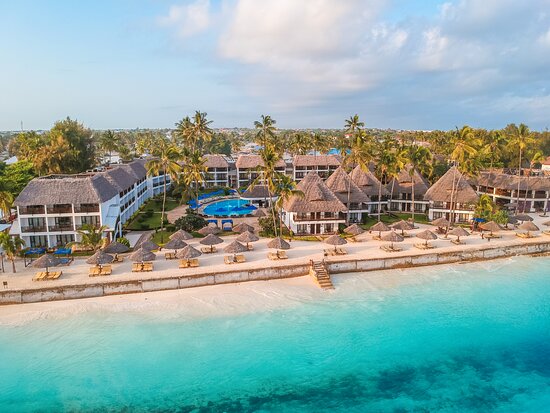


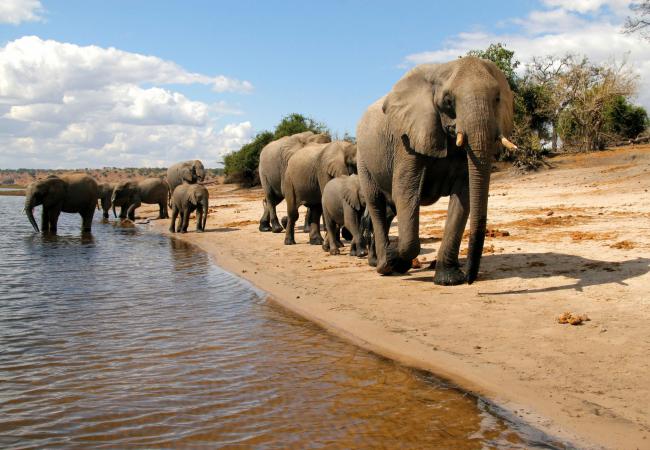




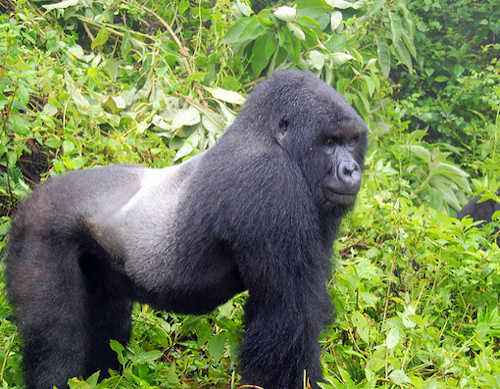




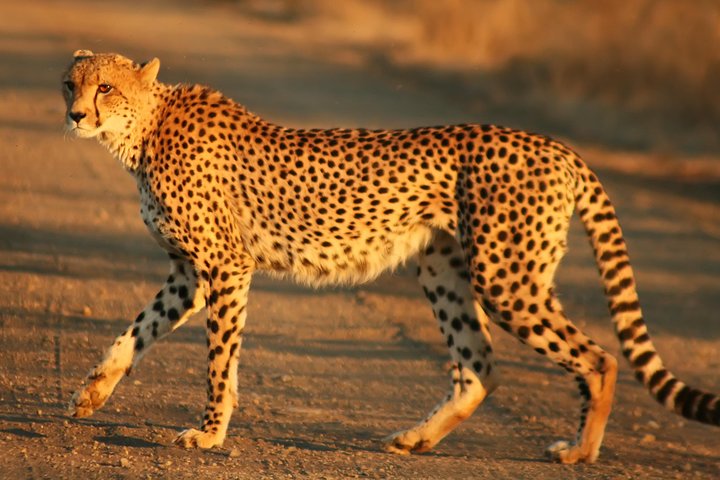





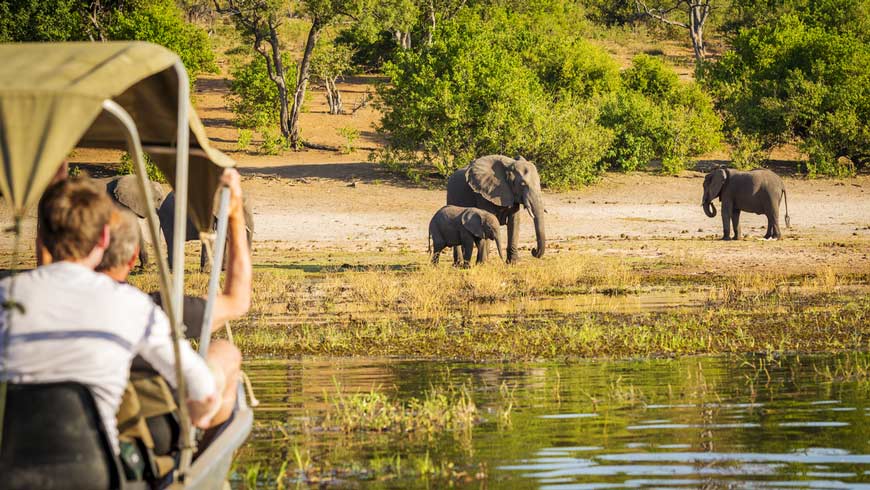




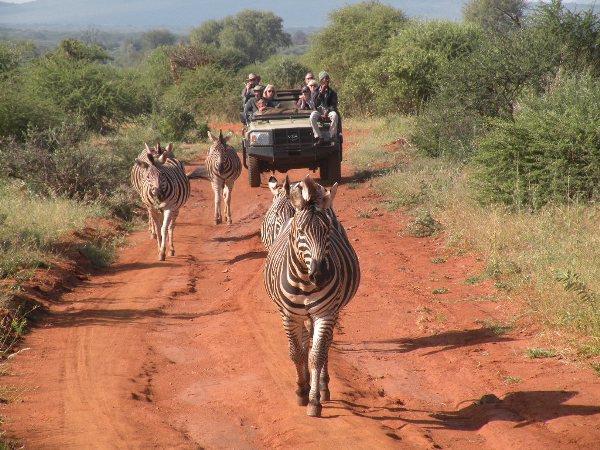



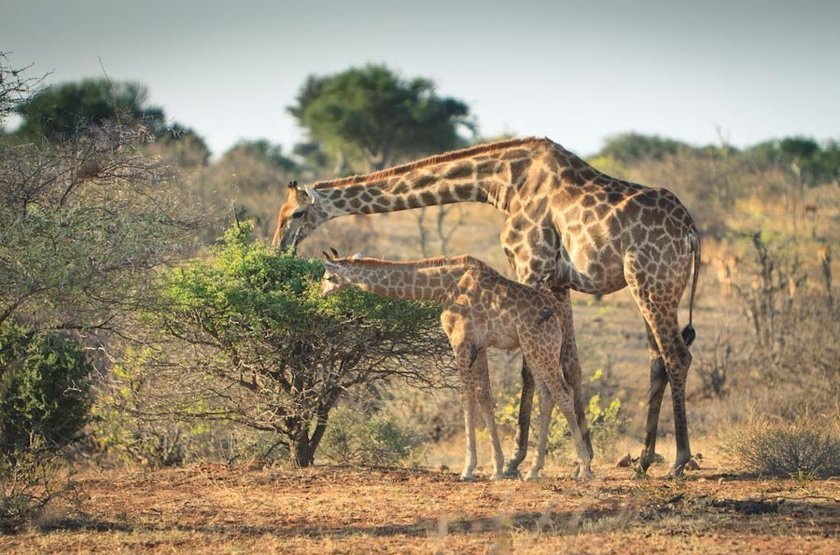
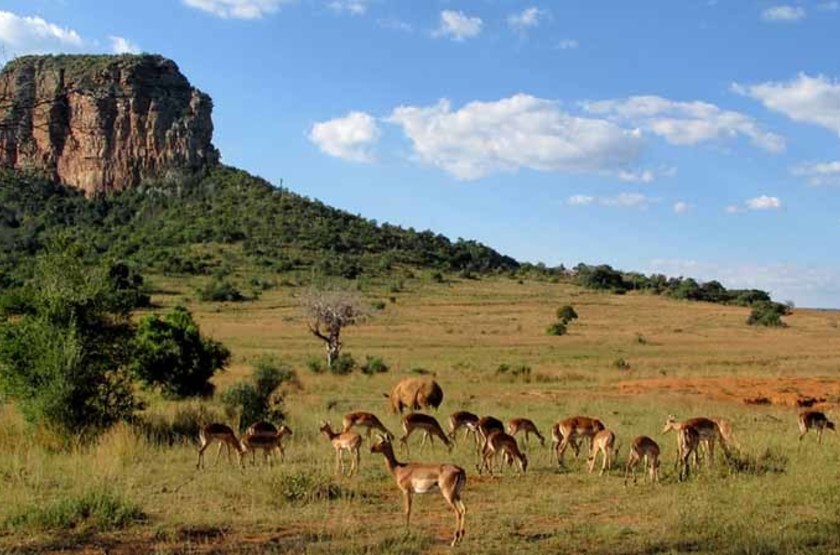
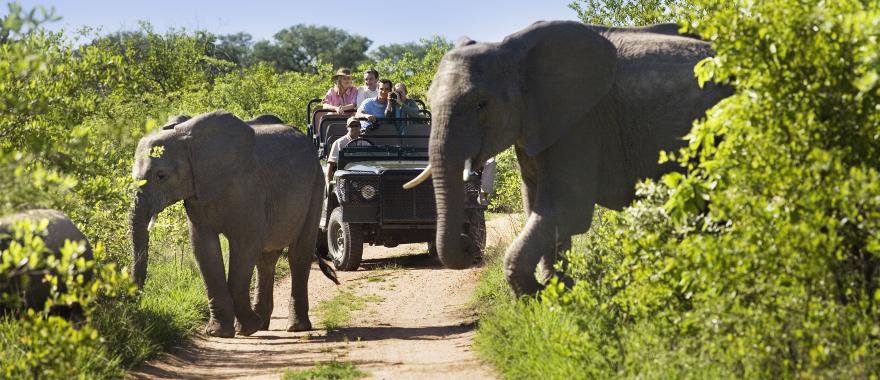


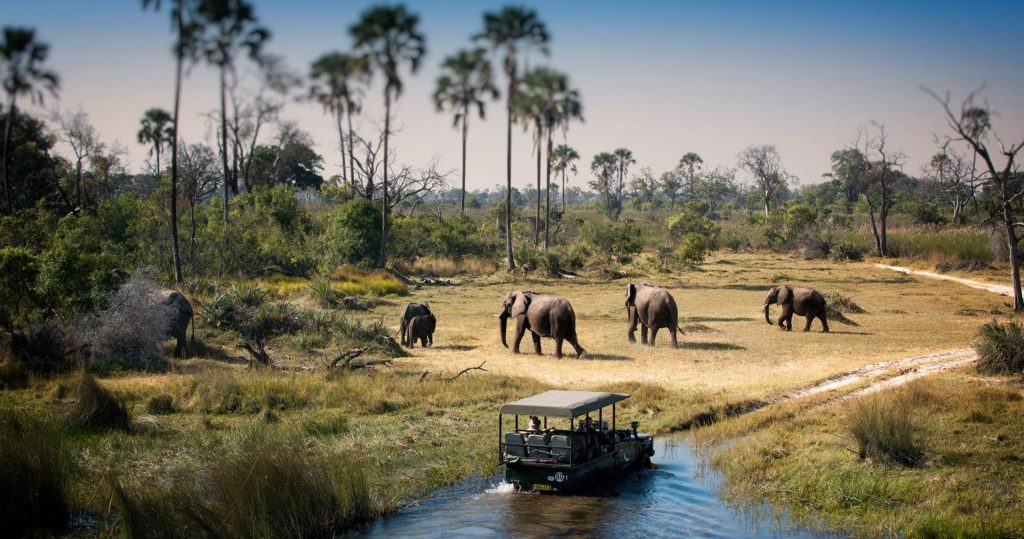



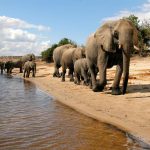

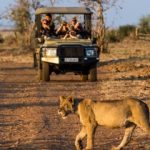








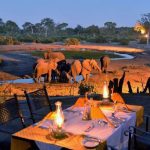
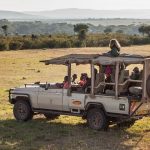


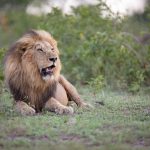











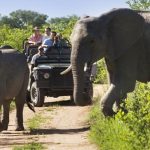


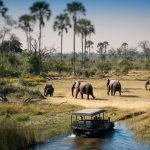

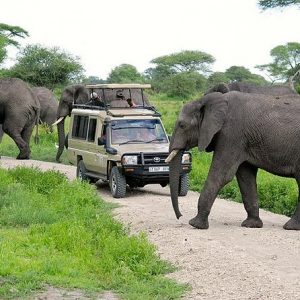
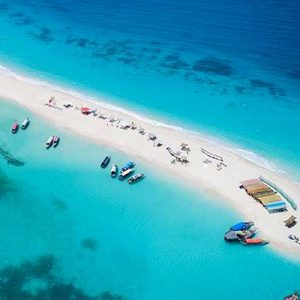
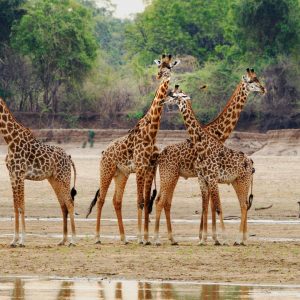
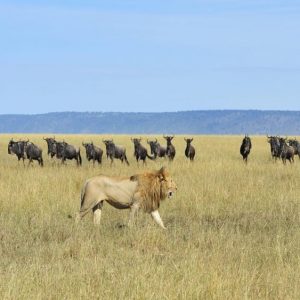














Reviews
There are no reviews yet.